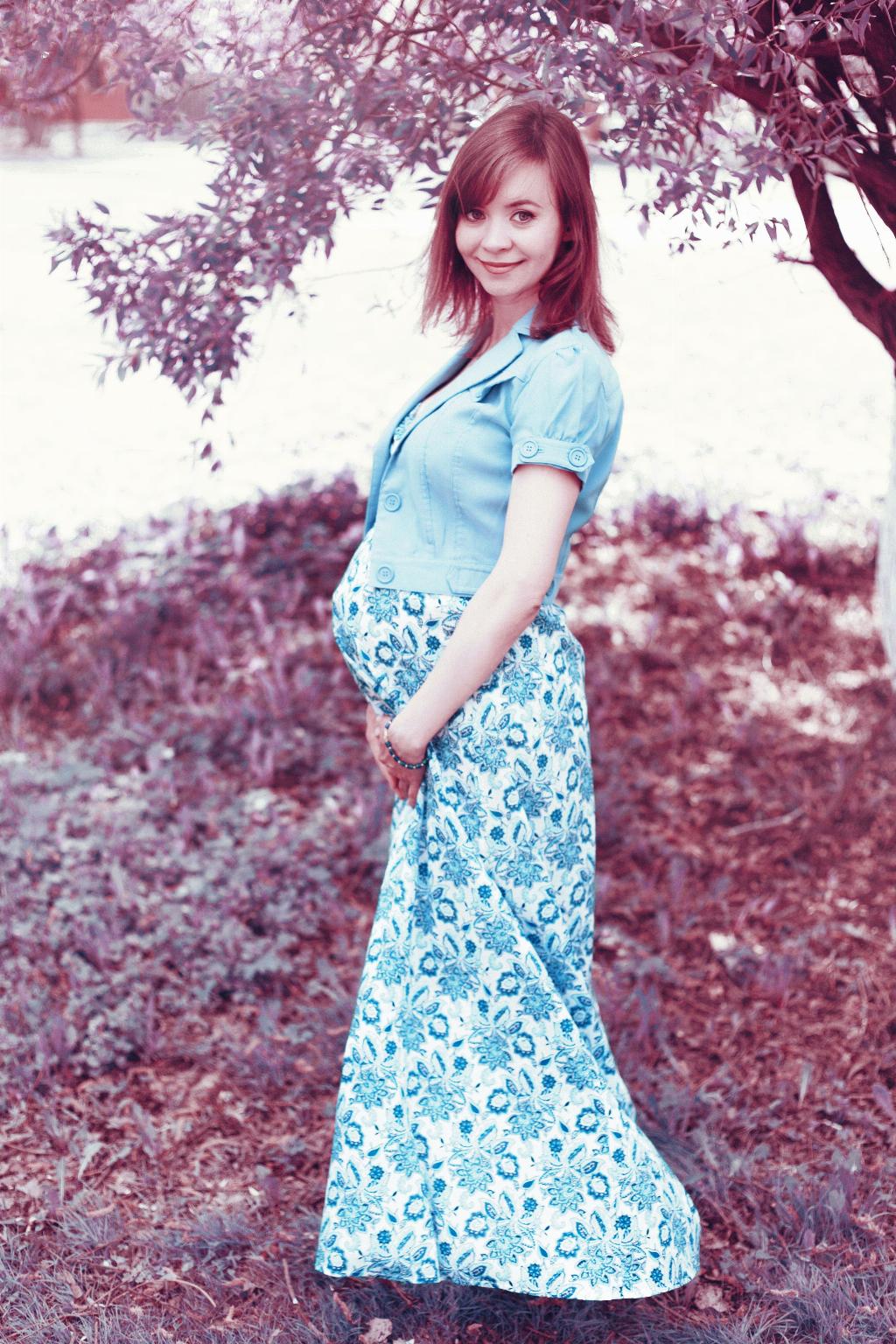Yes, the texture of the areola often experiences changes during pregnancy. One significant transformation that pregnant individuals may notice is the development of small, painless bumps on the areolas. These bumps are known as Montgomery’s tubercles, specialized oil-producing glands that serve the essential function of lubricating the breasts and aiding in the preparation for breastfeeding after the baby is born.
Montgomery’s tubercles play a crucial role in nurturing and protecting the nipples and surrounding areas during pregnancy and lactation. These natural structures, which appear as tiny bumps on the areola’s surface, are perfectly normal and should not cause concern. In fact, they are designed to support the well-being of both the mother and the newborn by providing necessary moisture and protection.
Aside from Montgomery’s tubercles, another common change in areola texture during pregnancy is the darkening of the skin surrounding the nipples. This darkening, known as areola pigmentation or darkening, is caused by an increase in melanin production stimulated by hormonal shifts in the body. The deepening of the areola color is a natural process that helps prepare the body for breastfeeding and is typically temporary, gradually fading postpartum.
Moreover, as pregnancy progresses, some individuals may notice that their areolas become larger and more pronounced. This expansion is due to hormonal fluctuations and increased blood flow to the breast area, which leads to the swelling and enlargement of the areolas. The heightened sensitivity and prominence of the areolas serve to facilitate breastfeeding and promote bonding between the mother and the baby after birth.
In addition to changes in size, color, and the appearance of Montgomery’s tubercles, the texture of the areolas may also feel different during pregnancy. The skin surrounding the nipple area may become softer, more supple, and potentially more sensitive. These alterations in texture are a natural consequence of the body preparing for the demands of breastfeeding and the changes that occur in the breast tissue to support the growing fetus.
It is essential for pregnant individuals to embrace and appreciate the transformations in their bodies, including the changes in areola texture, as these variations are integral to the process of pregnancy and postpartum care. Understanding the physiological adaptations that take place during this remarkable period can help individuals navigate their journey towards motherhood with confidence and acceptance.
While the changes in areola texture during pregnancy are normal and typically self-regulating, it is advisable for pregnant individuals to monitor any drastic or concerning alterations in their breast health. If there are sudden, unexplained changes in areola texture, such as extreme itching, pain, or inflammation, it is crucial to consult a healthcare provider for a comprehensive evaluation and guidance.
Overall, the fluctuations in areola texture during pregnancy are a natural part of the body’s preparation for childbirth and breastfeeding. Embracing these changes as a testament to the incredible journey of motherhood can foster a positive and empowering mindset towards the physical transformations that accompany pregnancy. By nurturing and honoring the body’s adaptations, pregnant individuals can navigate this transformative period with grace and appreciation for the beauty of new life.

